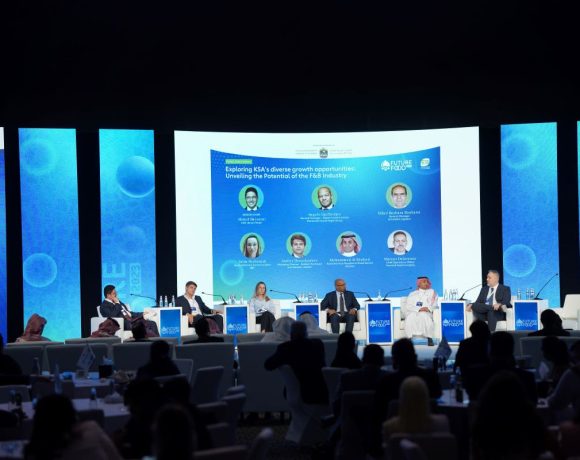More power to the Global South as 5 MEA countries will join the BRICS bloc

A record five Middle East and Africa (MEA) countries will formally join BRICS – the bloc of five major emerging economies – from January 1, 2024.
The five MEA nations are Iran, Saudi Arabia, Egypt, Ethiopia, and the United Arab Emirates (UAE).
BRICS currently comprises Brazil, Russia, India, China, and South Africa. South Africa joined the group in 2010, which earlier went under the BRIC acronym.
Following the 15th annual BRICS summit, held in Johannesburg, South Africa, this week, South African President Cyril Ramaphosa formally announced the admission of six new members to the bloc: Iran, Saudi Arabia, Egypt, Ethiopia, Argentina and the UAE.
The Global South
At a news conference in Johannesburg to announce the outcomes of the 15th BRICS summit, Ramaphosa said: “We shared our vision of BRICS as a champion of the needs and concerns of the peoples of the Global South.
“These include the need for beneficial economic growth, sustainable development and reform of multilateral systems.”
Ramaphosa also indicated that adding the six new members is just the beginning of the bloc’s expansion process.
According to Felix Richter, a data journalist at Statista, the addition of the six new members from 2024 will expand the bloc’s footprint in the Global South and grow its economic and political clout on the world stage, establishing a natural counterweight to the Western-dominated G7,
37% global GDP
Richter noted the new bloc will represent roughly 46% of the world population, account for 29% of the world’s gross domestic product in nominal terms and 37% of global GDP at purchasing power parity.

Interestingly, the new additions do not move the needle too much in either category, as the new BRICS will continue to be dominated by China and India, both in terms of population and economically, Richter added.
Combined, the six new members will account for roughly 10% of the group’s aggregate GDP, with Richter observing that Saudi Arabia is the only trillion-dollar economy among the new entrants.
Coldwell Banker UAE reaction
Meanwhile, welcoming news of the UAE’s ascension to BRICS as a full member from January 2024, Ayman Youssef, Managing Director of Coldwell Banker UAE, a Dubai-based real estate consultancy, said: “The UAE becoming a part of BRICS has the potential to transform its [UAE] real estate market by expanding investment opportunities and rejuvenating ongoing projects.
“The anticipated interchange of ideas within the BRICS grouping could have a revolutionary impact, sparking breakthroughs in urban planning, architecture, and environmental practices.

“With this alignment, the UAE will strengthen its regulatory frameworks and investment policies, providing a transparent and appealing environment for investors. The merging of property legislation among BRICS countries might open the door to cross-border transactions, boosting the UAE’s real estate sector and supporting economic growth,” Youssef concluded.
The BRICS bloc was initially conceived to foster investment opportunities among member states.
However, since 2009, the group has increasingly graduated into becoming a more cohesive geopolitical bloc, with the heads and officials of the respective countries meeting annually at formal summits and coordinating multilateral policies.
Goldman Sachs economist Jim O’Neill first popularised the acronym BRIC/BRICs to describe fast-growing economies that would collectively dominate the global economy by 2050.
Featured image: (L-R) President of Brazil Lula da Silva; President of China Xi Jinping; President of South Africa Cyril Ramaphosa; Prime Minister of India Narendra Modi; and Foreign Minister of Russia Sergey Lavrov, pose in this group image during the BRICS Leaders Retreat Meeting, in Johannesburg, South Africa, on August 22, 2023. Image: Indian government
Last Updated on 1 year by Arnold Pinto












